Ammonium nitrate, which was recovered from the ‘white collar’ terrorist module linked to Delhi’s Red Fort blast, is deemed a ‘special category explosive’ in India. Its manufacturing, sale, and transportation is highly regulated. It has been used in bombs across the world.
During an interstate counterterrorism operation stretching from J&K to Haryana and Uttar Pradesh, the authorities recovered 2,900 kilograms of suspected ammonium nitrate and bombmaking material in Haryana’s Faridabad — just days before the Red Fort blast.
The person who was driving the car that exploded near Red Fort, Umar Un Nabi, is believed to have been a member of the same module — the arrest of a member of the module, Muzammil, was part of raids that led to the recovery of ammonium nitrate. It is understood that Umar escaped while his associate was nabbed.
ALSO READ: Red Fort terrorists planned Pulwama-type attack in Kashmir, switched to Delhi after crackdown
On Monday, the car stopped at a traffic stop near Red Fort Metro Station and exploded, killing at least 13 people and injuring many. The authorities are treating it as a terrorist incident and the case is being investigated by National Investigation Agency (NIA).
Ammonium nitrate’s highly regulated world
Ammonium nitrate is a white, odourless crystalline chemical compound. It is produced from a highly exothermic reaction between ammonia and nitric acid.
Ammonium nitrate is a ‘dual use’ chemical, which means that it has applications in everyday lives from agriculture to healthcare, but it can also be turned into deadly explosives — and terrorists have repeatedly done that over the years. Such a nature means that it remains highly regulated.
Quick Reads
View AllIn India, ammonium nitrate is governed by Ammonium Nitrate Rules, 2012, which are made under the Explosives Act, 1884. It has been classified as special category explosive. Certain aspects of ammonium nitrate are also governed by the Industries (Development and Regulation) Act (IDR), 1951.
Under the IDR act, the Department for Promotion of Industry and Internal Trade (DIPP) provides industrial licences for the manufacture of ammonium nitrate. Separately, Petroleum & Explosives Safety Organization (PESO) provides licences for the manufacturing, conversion, loading-unloading, bagging, import, export, transport, and possession for sale or use of ammonium nitrate is issued.
Here are the complete rules related to ammonium nitrate in India:
As for local storage in a warehouse, the licences are provided by district magistrates.
The license-holder is required to maintain the accounts and receipts. They are required to submit a monthly account of the ammonium nitrate received, used, destroyed, and stolen every month.
Ammonium nitrate in bombmaking
Pure ammonium nitrate is relatively stable and difficult to detonate normally and requires temperature of around 204*C or primary explosive initiator to trigger a blast. But ammonium nitrate can be a deadly explosive when mixed with fuel sources.
When mixed with fuel oil, something known as ‘ammonium nitrate fuel oil (Anfo) is created. This is a very effective explosive and is one of the most widely used explosives in mining. It has also been used frequently by terrorists in India and abroad.
In India, the most recent notable usage of Anfo was in the Pulwama attack when it was used along with RDX. Jaish-e-Mohammed —the same terrorist group the ‘white collar’ module is linked with— claimed responsibility for the attack.
ALSO READ: DNA test confirms Dr Umar Nabi was man behind Delhi blast. Why this is significant
Previously, Indian Mujahideen (IM) had used Anfo in several of its bombings, such as the Mumbai train bombings of 2006 in which 189 people were killed and over 800 were injured. Hundreds of people were killed in IM’s urban bombing campaign in India that continued for years.
Abroad, the Oklahoma City bombing of 1995 remains the most notable case of ammonium nitrate’s usage. Two right wing extremists —Timothy McVeigh and Terry Nichols— detonated around 2,200 kg of ammonium nitrate fertilizer mixed with nitromethane and diesel fuel and killed 168 people and injured around 850.


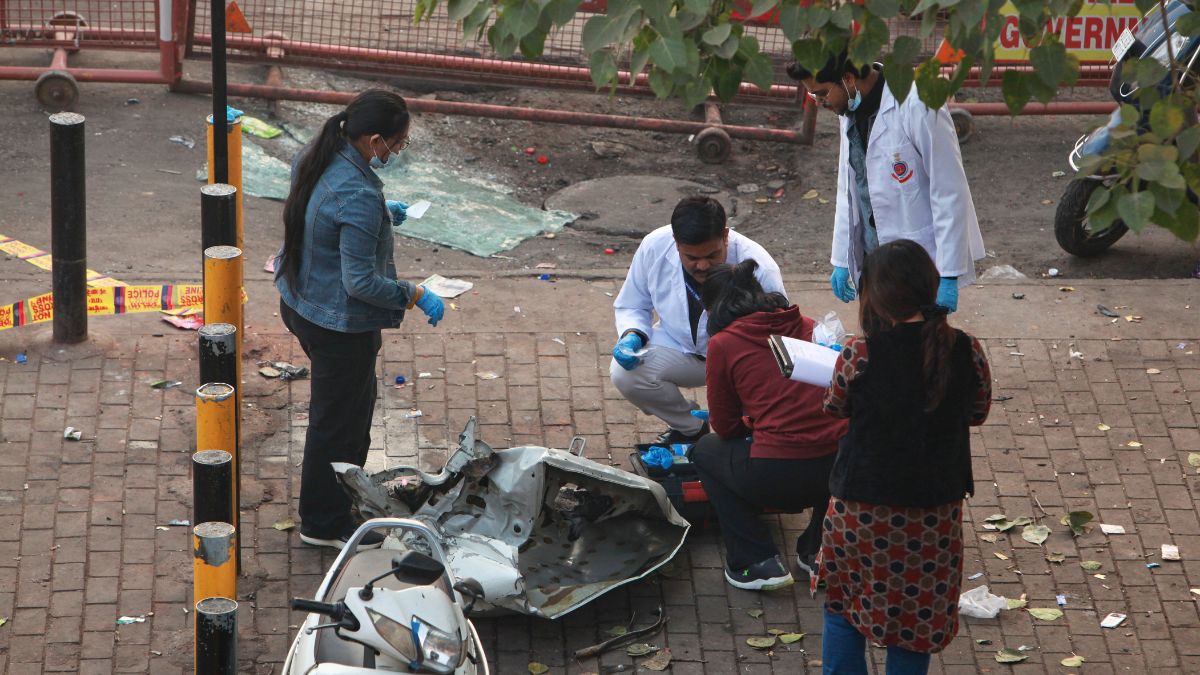)
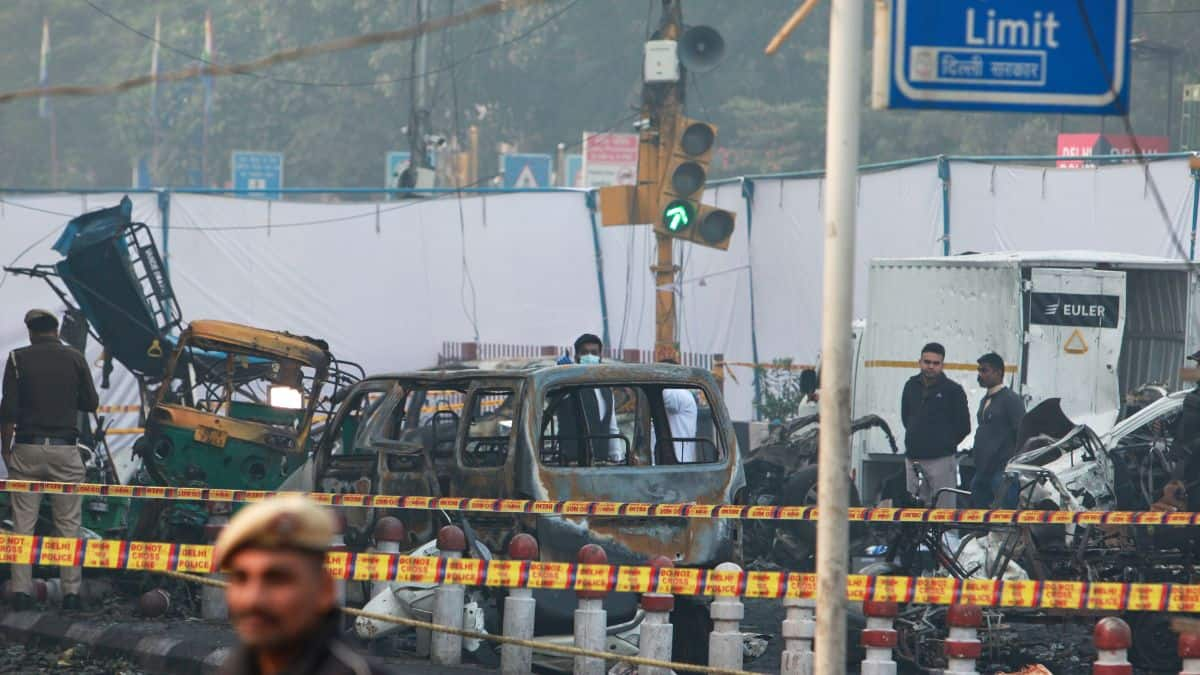
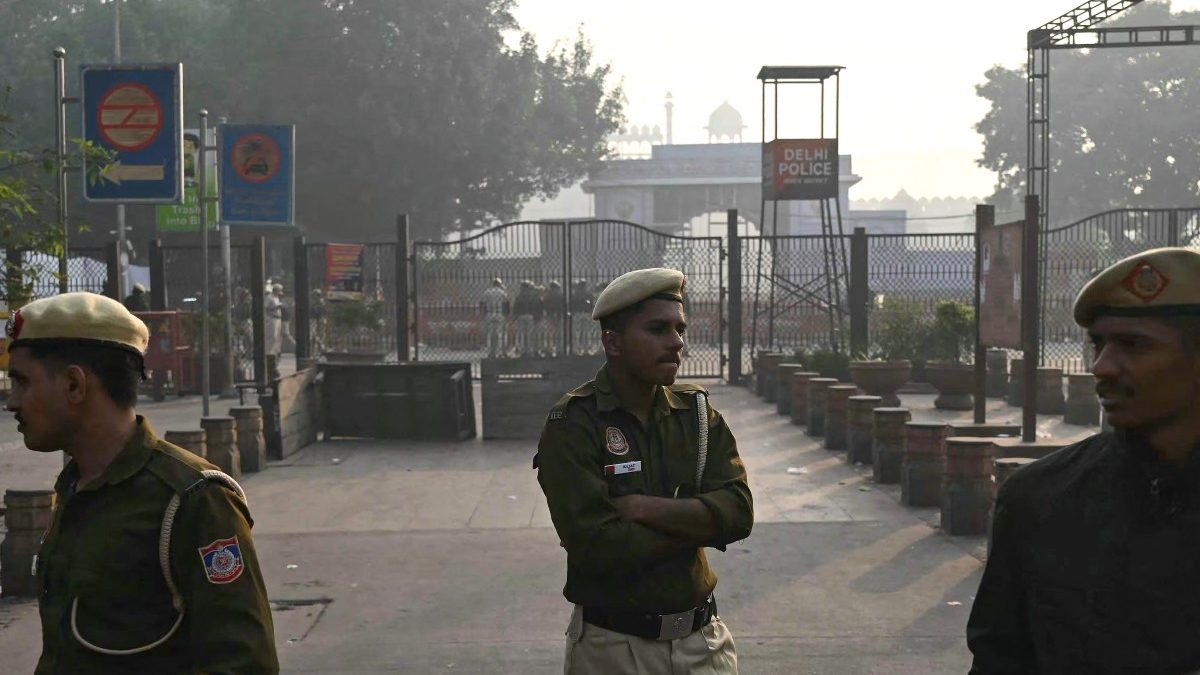)
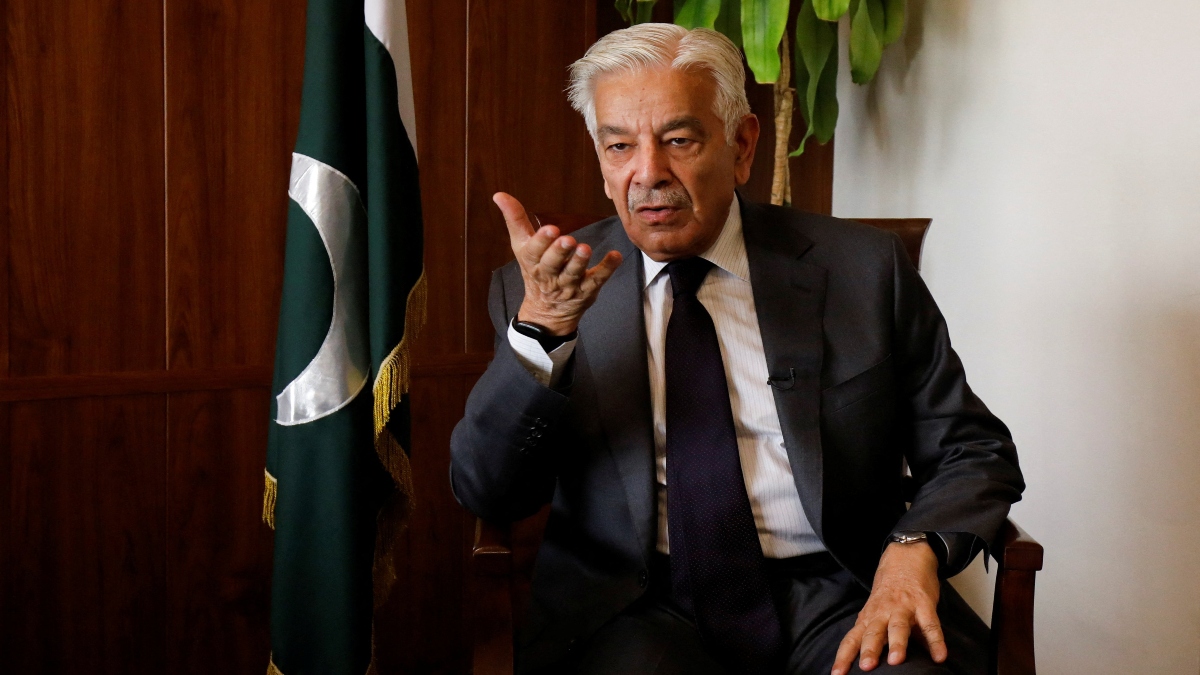)
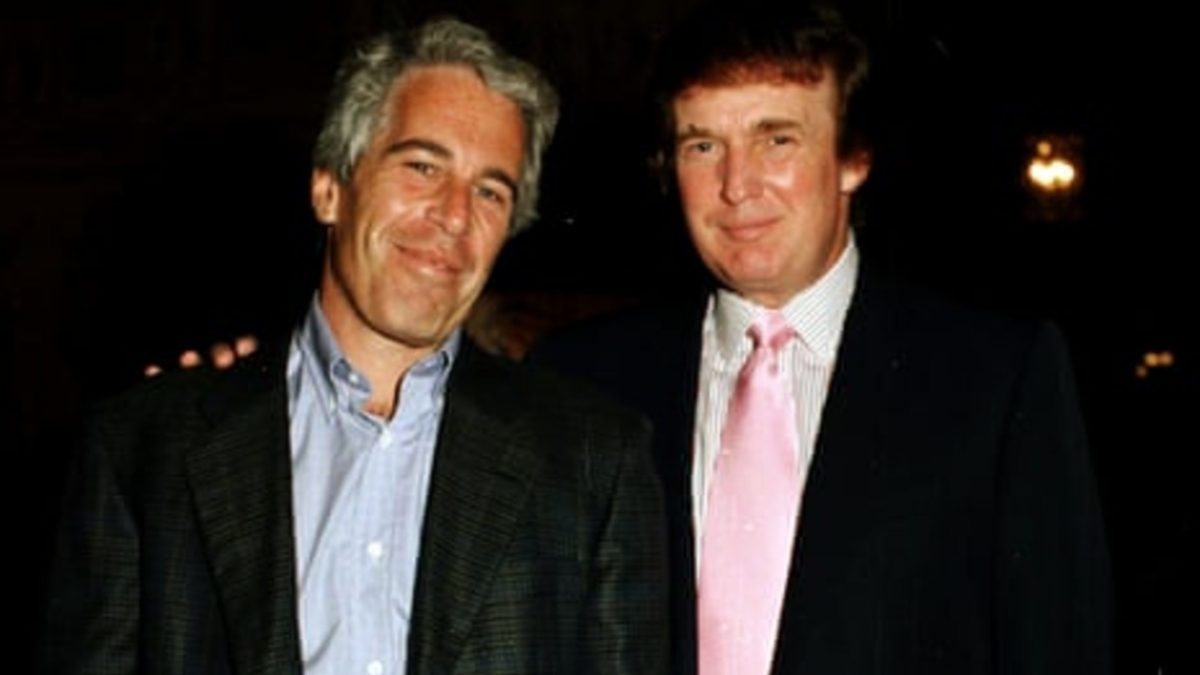)
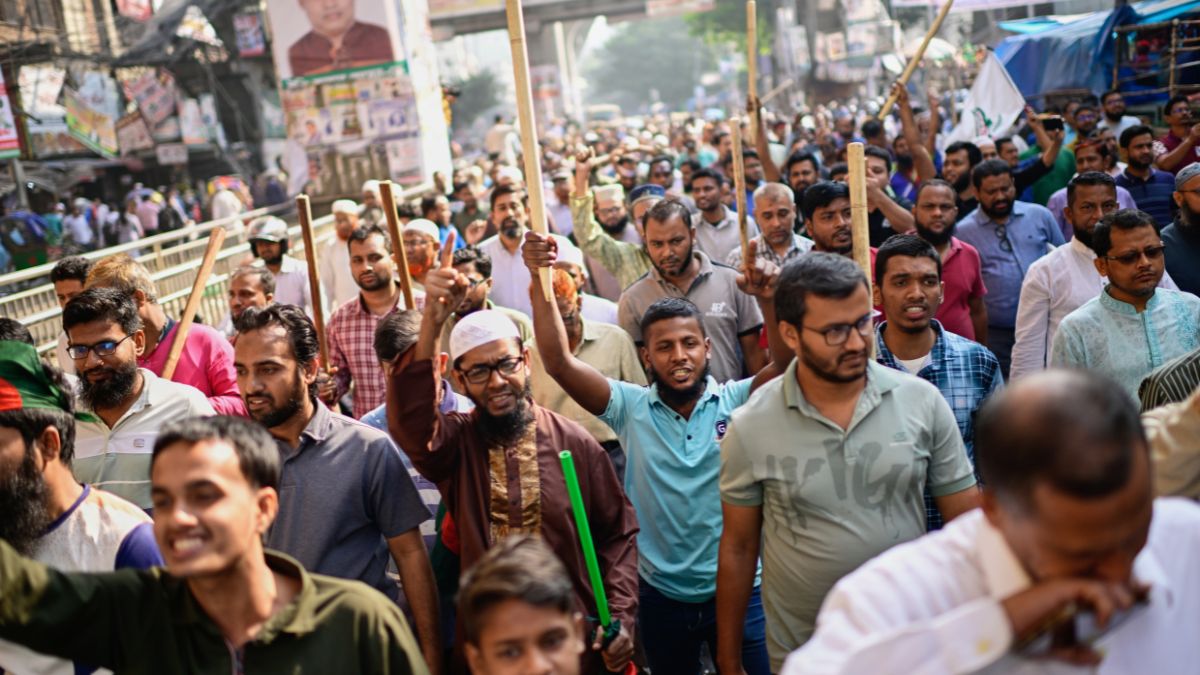)
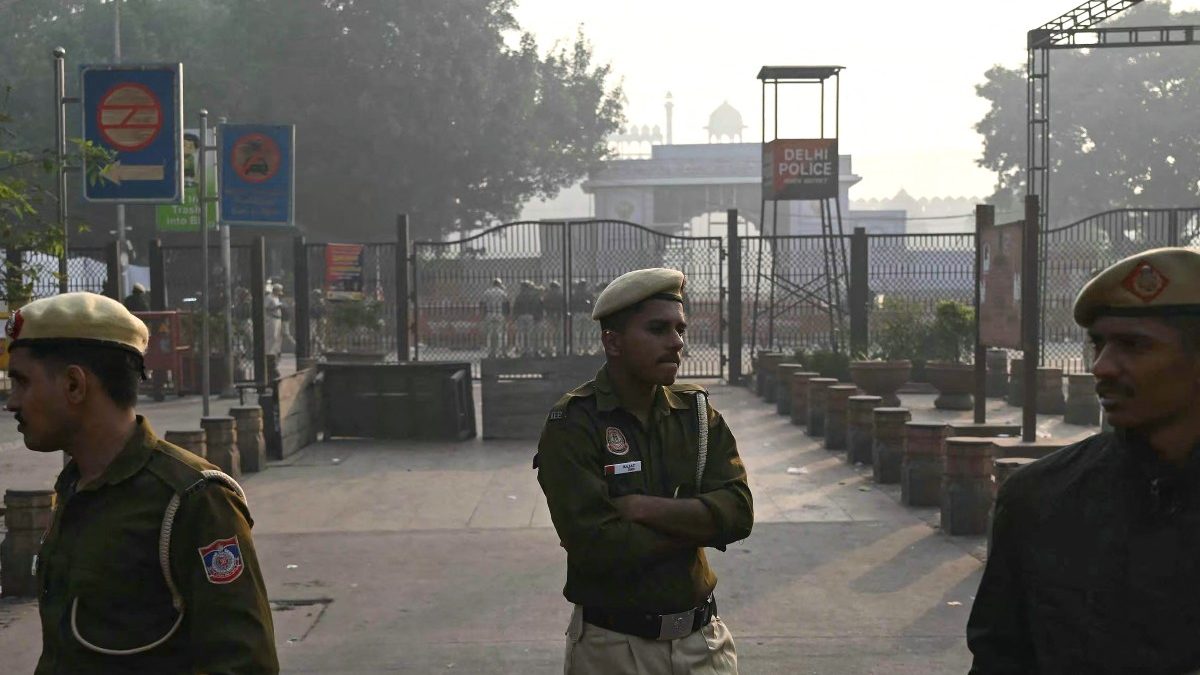)
)
)
)



